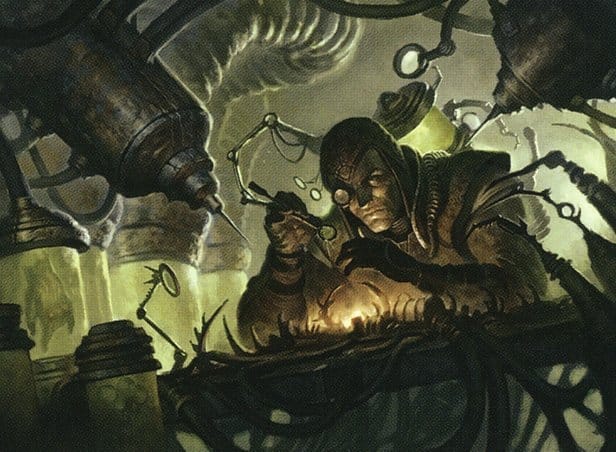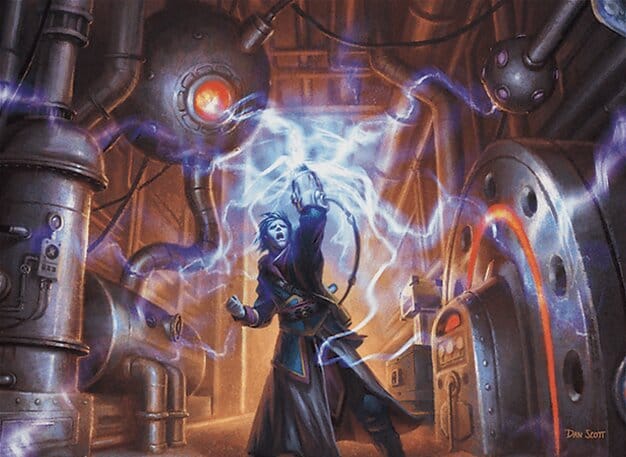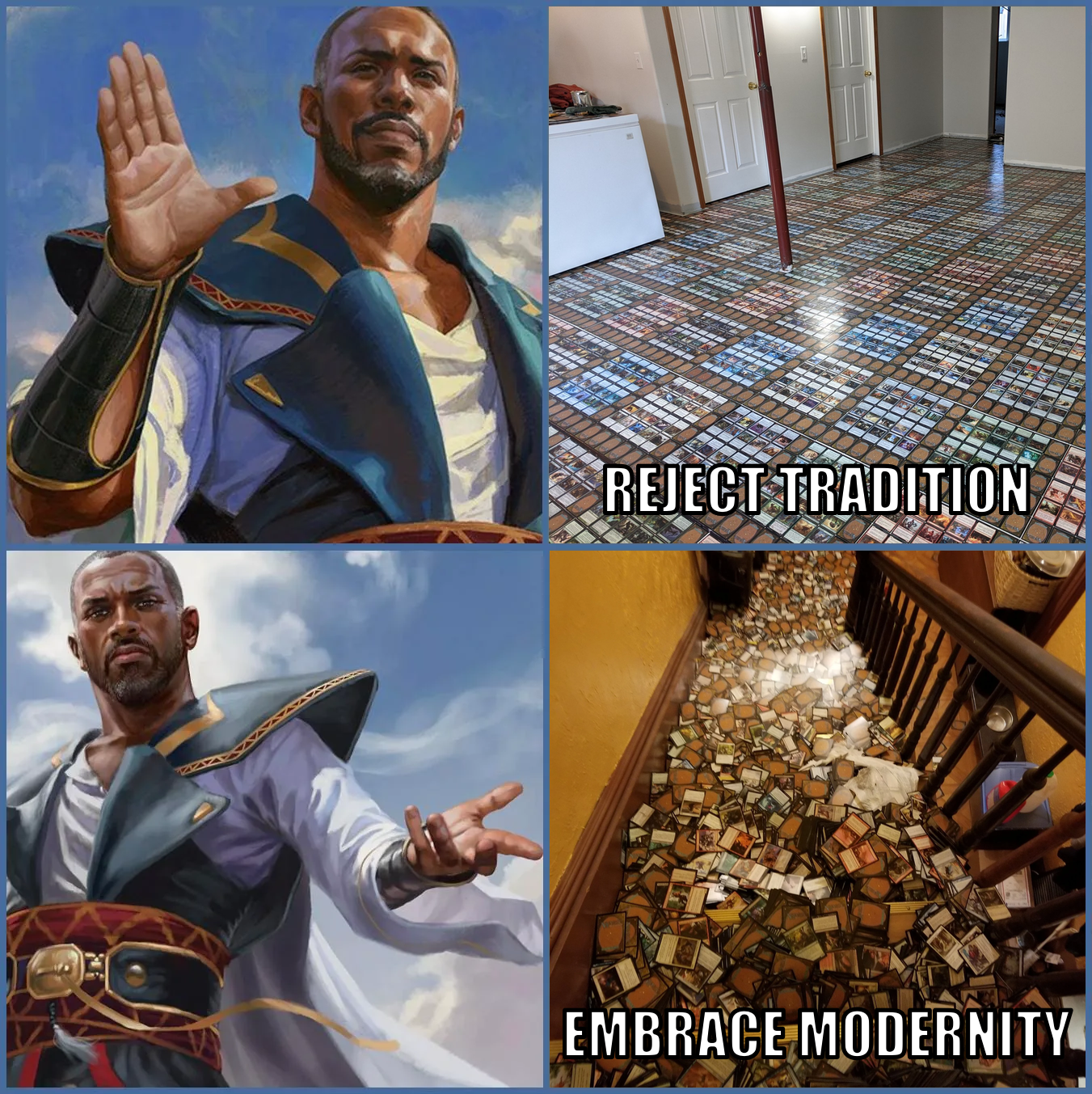If Amazon Ran a TCG Singles Business (Part 3)

We've looked at chaotic warehousing as a general concept and looked at a possible implementation for TCG singles inventory management. The obvious advantage is the time saved by cutting out your most time consuming step - alphabetization. As with any system, however, there are some risks to consider. There are also some other rewards that might not be as obvious at first glance.
Potential Risks
Playsets Not Grouped
You might have picked up on this first risk in the retrieval step described in Part 2 - matching cards won’t necessarily be grouped together. This could make picking playsets more time consuming. An alphabetised inventory will have all of your copies of Lightning Bolt in the same spot, so if you’re fulfilling an order of a playset of those, you’ll go to that one spot and pick out four copies. With a chaotic warehousing system, each of those four copies could be spread across four different locations. We believe that the time saved by eliminating the sorting steps will outweigh this increase though.
Reliance on Software
Another potential disadvantage is that it can create a single point of failure - your operation now relies heavily on your software systems. You’ll be putting a lot of trust in the software, so make sure you choose a reliable system and one that gives you auditing tools to recover in the event of an outage or error.
Dropped Boxes
Finally, when discussing the idea of chaotic warehousing with stores, we often hear concerns about what happens if a box is dropped and cards get out of order. It’s not immediately obvious how you would resolve that - trying to put them back in the same order would be a nightmare! Thankfully, a simple solution is to just wipe that box from inventory, rescan and restock in their new arrangement and location. Funnily enough, we actually think this is more of a risk with alphabetical sorting. If you drop a box of alphabetised cards, then your only option is to put it all back in the same order - it might be an obvious solution but it’s still going to take a lot of time and effort.
Other Rewards
Saving Space
A major benefit to Amazon after implementing chaotic warehousing was saving space. Rather than a shelf being half empty because a particular item was low in stock, any free space can become the home of any other item. This benefit applies to TCG singles too, though not to as significant a level. When sorting into sets, there is often empty space in each box depending on stock levels of cards from that set. With chaotic warehousing, any large empty spaces could become the home of new inventory, regardless of the new card's relation to the cards already in that box. Less empty space means a more compact inventory, less time spent looking in separate boxes, and potentially saving on required square footage for larger inventories.
Easy to Add to Existing Inventory
Another advantage is that it becomes easier to add new cards to existing inventory. With an alphabetized and set sorted inventory, each card needs to be placed in a specific location in a specific box. You might alphabetize a set of 1,000 cards that you bought from a player but adding them into existing inventory means they'll need to be separated again to slot into their correct spots. Similarly, if your set boxes are alphabetized and a new set is released that starts with A, you'll need to shift over your entire inventory to make room for the new box. With chaotic warehousing, those new cards can be placed anywhere they'll fit.
Flexibility
Lastly, chaotic warehousing is flexible. This is a potential solution to any pitfalls mentioned or any others that you might run into with your specific implementation. For example, if retrieving playsets did become a significant time sink, there’s nothing stopping you from developing a custom workflow designed to group playsets of popular cards. Maybe there are some subsets of cards that would still benefit from running through a sorting step - you can apply it to those but not have to sort every single card. This even applies to switching over to chaotic warehousing - your existing alphabetized inventory won't need to be reorganized as long as you can reflect their alphabetized locations in your software.
So far, everything we've discussed has been theoretical. What would this actually look like in practice? In Part 4, we'll hear from a store who recently attempted this and what their experience was like.



